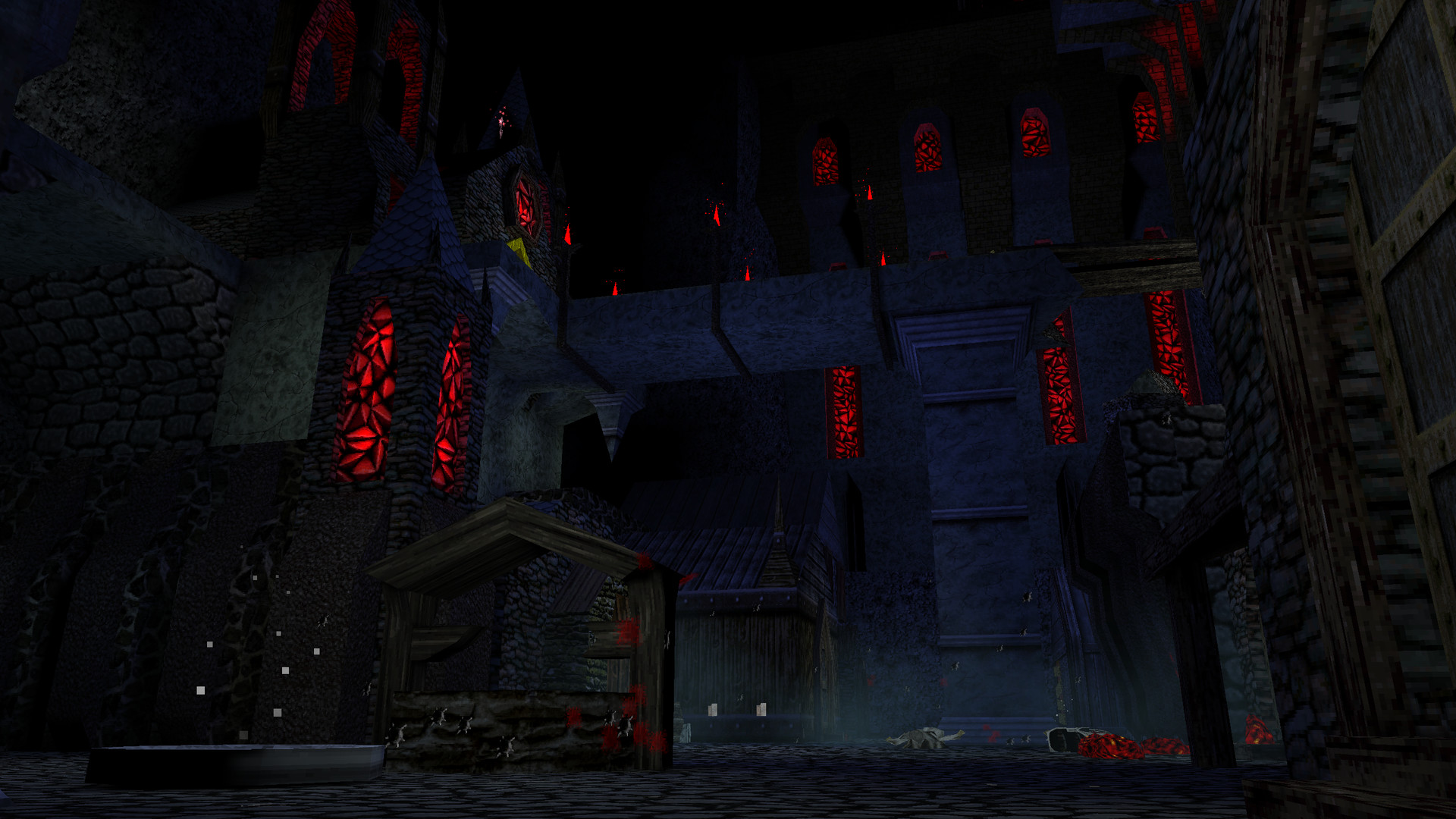DUSK is everything that you remember late 90s shooters being. Most obviously, DUSK takes on the aesthetic of early-3D shooters, but more fundamentally it recreates the feeling of playing DOOM and it’s clones (as first person shooters were generally known then) through its mechanics, gameplay and level design.
But surely a game that looks like a 90s DOOM clone should run well on modern PCs – and now, with an update to the game, Mac and Linux computers? Indeed, the minimum specifications lists the GeForce 9800GT or an equivalent GPU, a card released back in 2008, when Obama was President, Flo Rida was ripping up the charts with Low and iPhones were only just released in Australia. DUSK’s developer David Szymanski has even included a “low spec” mode in case your GPU doesn’t meet even this modest requirement. Given that he took the time to include I took on the challenge of seeing how far back in time I could take the game on Mac hardware and other low-end hardware and still have a playable experience.

Now from what I am able to find macOS has no comparable equivalent to RivaTuner Statistics Server to track performance across a game session, nor do I have access to frame-rate and frame-time analysis tools such as those used by DigitalFoundry. Instead, I’m limited to Steam’s own frame rate counter. As such, this isn’t necessarily a performance comparison, but more an exploration of how low a game can be pushed while still feeling like it is playable.
Starting at the top, I was able to easily play DUSK in 4K at a consistent 60 frames per second with minor, occasional dips on my 2010 Mac Pro, paired with an AMD Radeon Rx 580 8GB – in 2019 a decidedly mid-range card. That’s not really surprising, though given that Mac ports of games generally have a not insignificant hit to performance compared to their Windows counterparts, I was still happy with how it performed.
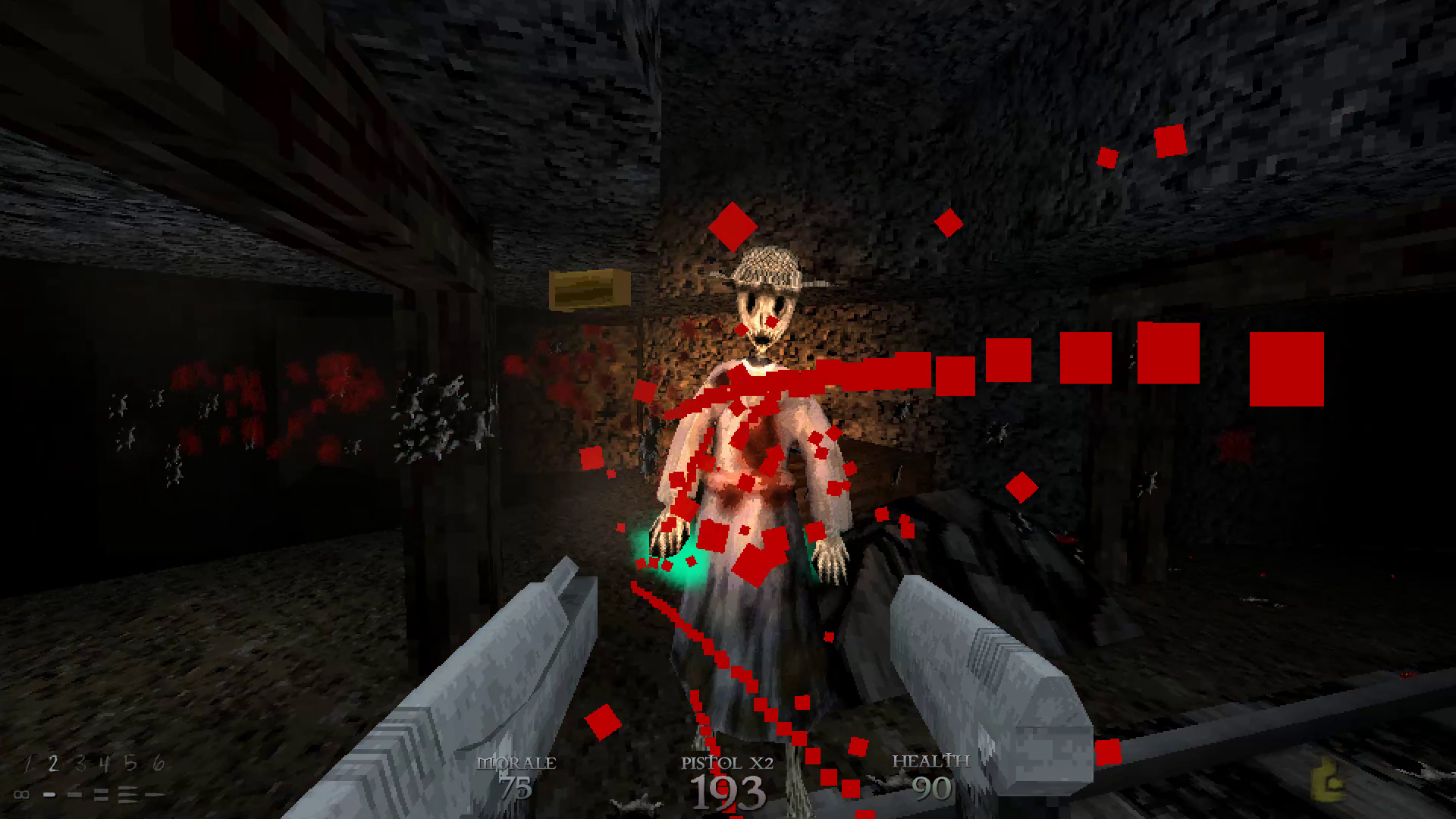
If you don’t have dedicated graphics on a modern Intel CPU, then DUSK will run great at 1080p, netting me over 70FPS on average on an Intel UHD 630. Moving down, I tested out the game on a 2012” Macbook Pro with Intel HD Graphics 4000 graphics. It struggled with DUSK, especially it’s native screen resolution, but setting the game on low spec mode netted an average framerate somewhere in the 40s depending on scene complexity, certainly playable on this mid-range laptop that’s now over six years old.
I also tested out DUSK on a 2011 13” i7 MacBook Pro with HD 3000 integrated graphics. At its native 1280×800 resolution DUSK was nearly unplayable, even after turning everything else down low and activating the low spec mode. But dropping the resolution down a notch or two left the game running at or very near 30 frames per second. For a shooter that’s obviously not ideal, but in the case of DUSK it still felt extremely viable.
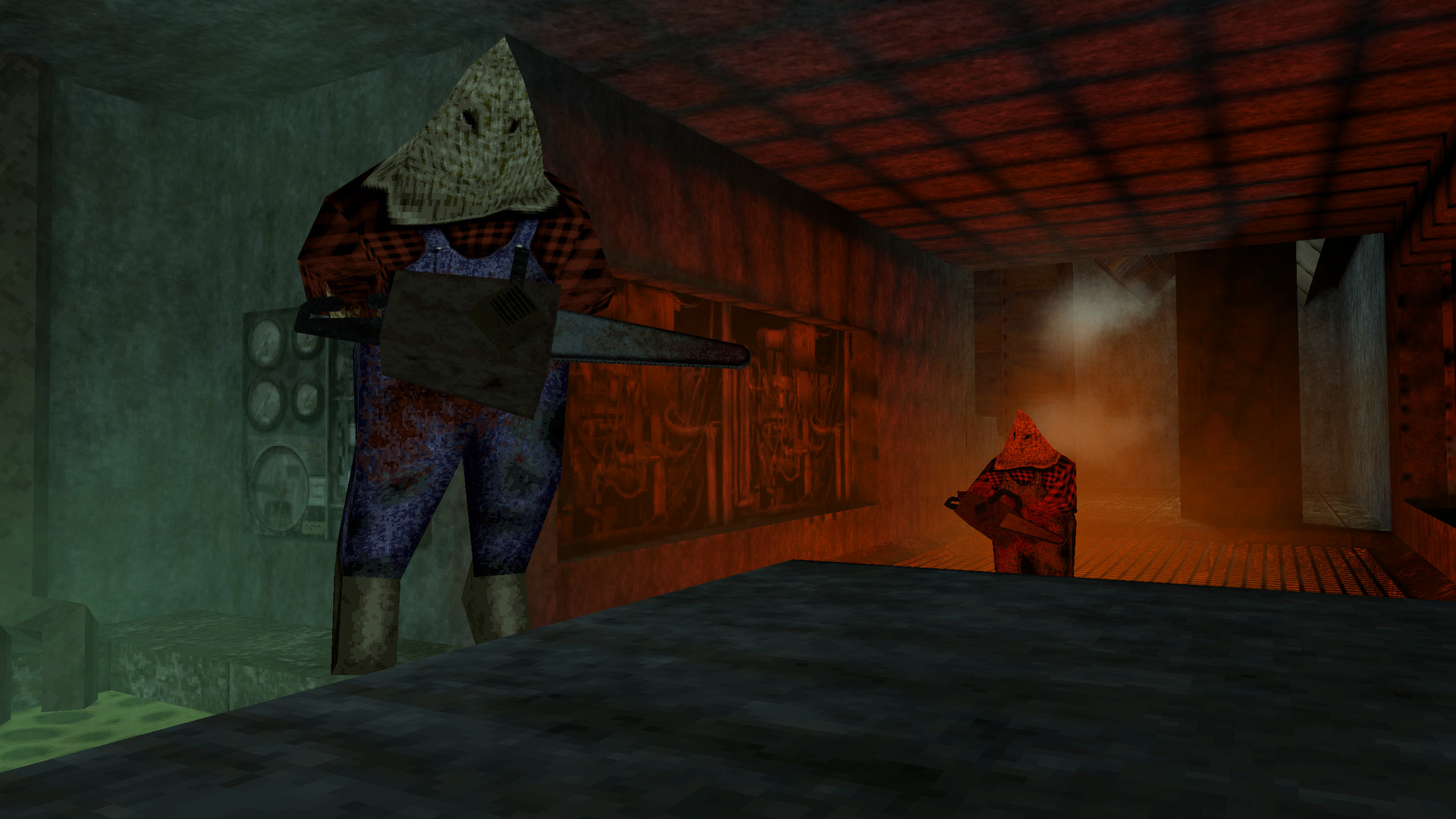
Not surprisingly, a MacBook Pro from 2008 was completely unable to cope with DUSK, sadly bringing this experiment to an end.
So what does this tell us about DUSK, and about gaming more generally?
Firstly that DUSK holds up with nearly whatever you throw at it. With all the bells and whistles at 4K or at 144FPS it plays great, and the game’s aesthetics aren’t compromised by the extra layer of polish higher resolution brings. But even at sub-HD resolutions, the lowest settings and a limited frame rate I still enjoyed my time with this game, and it remained readable, if a little cramped feeling. That said, I am glad that we are past the grungy, overwhelmingly brown design that remains today but was especially prevalent in early 3D shooters with brighter, bolder colours that help enemies stick out a bit more.
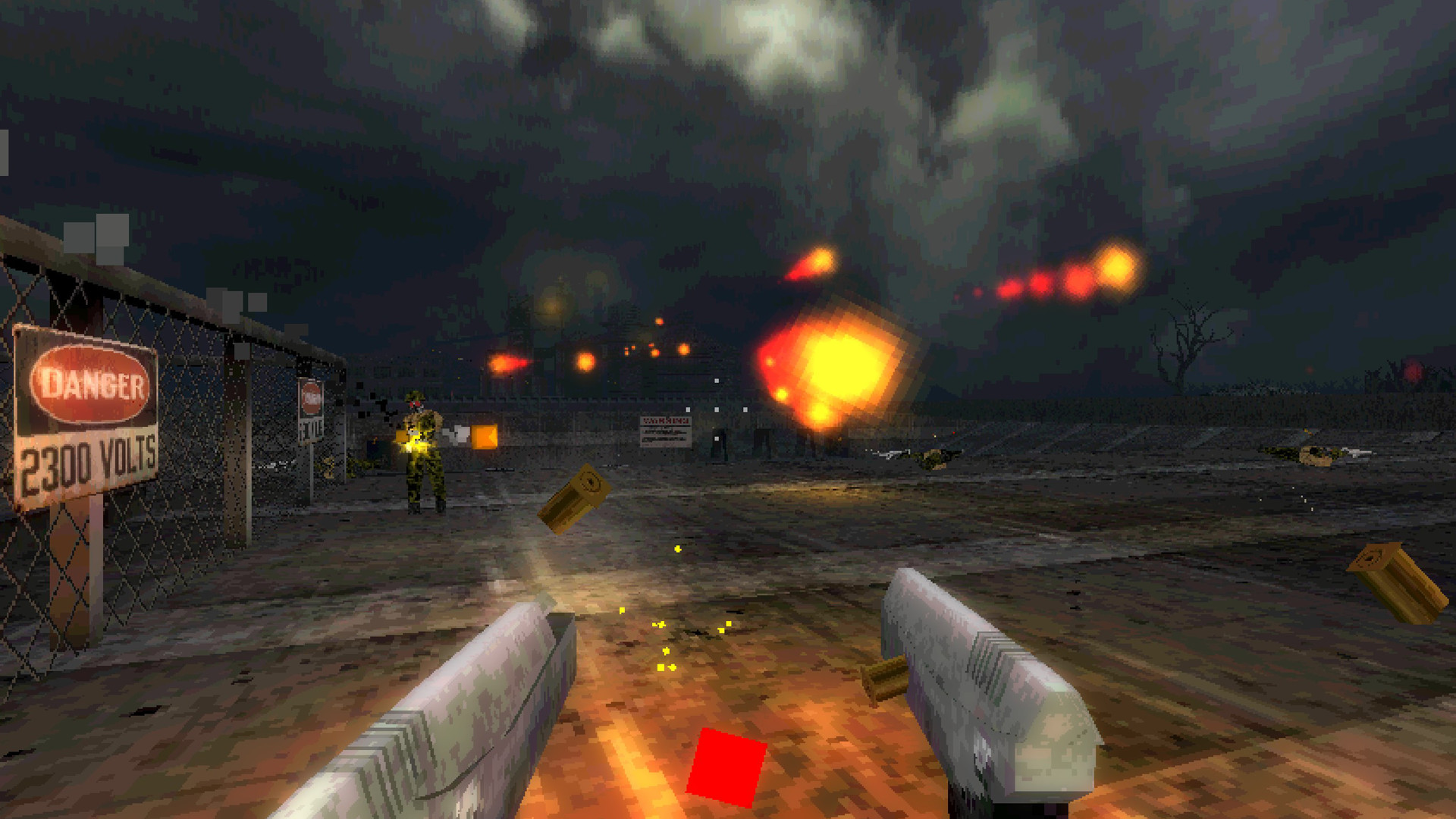
Doing this experiment also highlights some of the benefits of games that are light on resources in giving Mac owners the opportunity to play the latest titles. Given that the overwhelming majority of Macs sold are laptops, and the majority of those have integrated graphics, and that Mac desktops either include integrated graphics (like the Mac Mini), or low-end graphics such as a Radeon Pro 555 with only 2GB of video memory on a AUD$1,899 mid-range iMac, games that can perform well within these limited environments are welcome. They allow Mac owners to participate in the gaming industry, one that is fast becoming the most important social environment there is. It’s why it’s so important Fortnite is available for Macs, and such a shame that Blizzard, who have been known for their consistent support for the Mac, have not yet brought Overwatch to this platform.
It also highlights the importance for macOS to continue to support (recent versions of!) OpenGL, which is soon to be deprecated in new versions of the operating system in favour of Metal 2, Apple’s own graphics API. There’s a vast wealth of games out there that only make it to macOS because of OpenGL, and it will be interesting to see whether Mac owners continue to see ports such as DUSK in the coming years, though I am not aware if DUSK itself uses OpenGL or Metal 2.
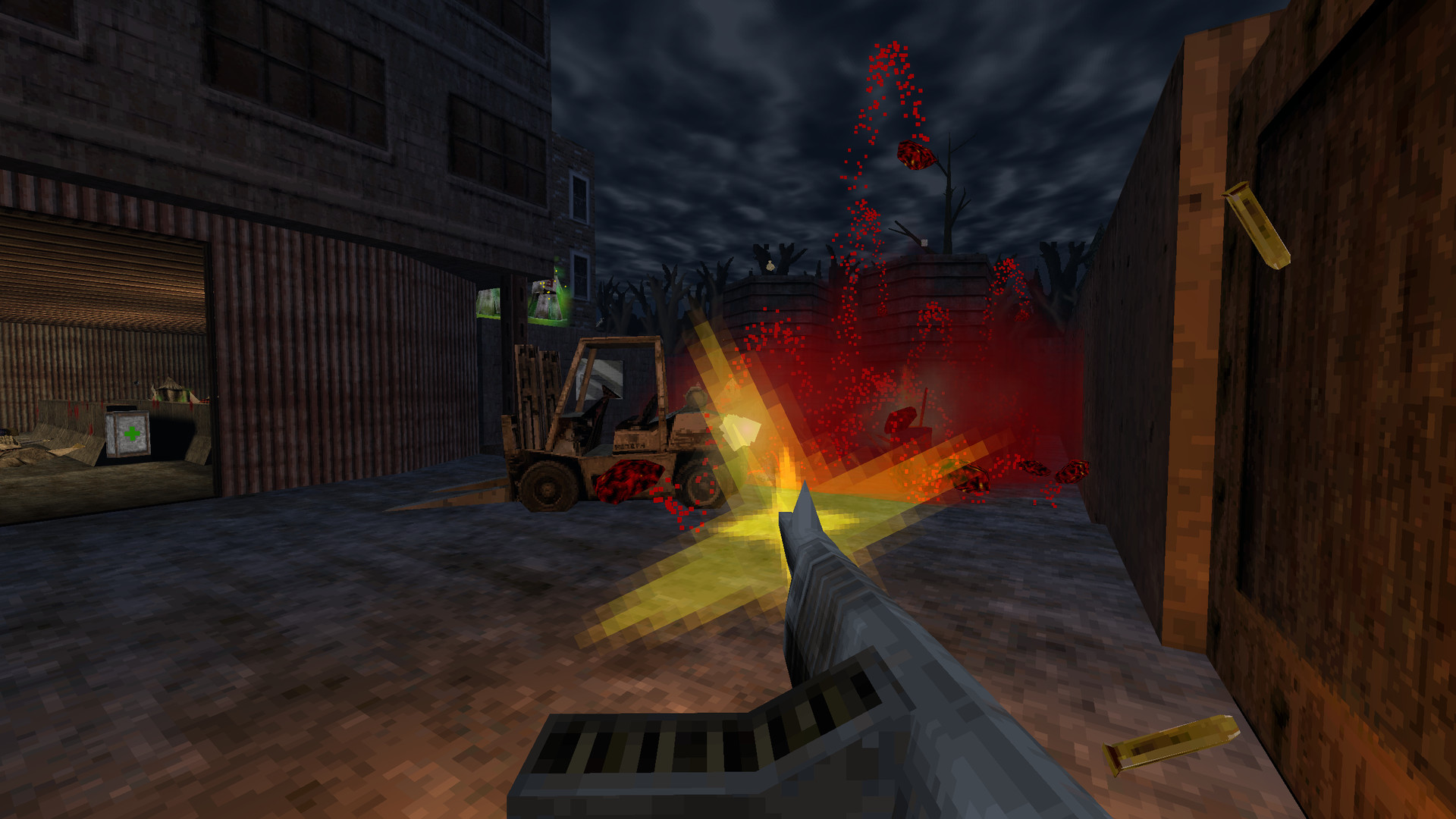
DUSK should be congratulated for its excellent Mac and Linux port, which opens up the excellent game to new audiences with this move.
A game of this calibre shouldn’t be kept to one platform, and this port shows why. If you haven’t already picked up the game, and play it on either macOS or Linux, now is the time. Its hectic gunplay, intricate level design and thoughtful retro aesthetic all make for a compelling experience, especially if you lived through the 90s first person shooter revelation. It polishes and updates the formula in just the right places, without betraying what made 90s shooters so special. Don’t let the dusk settle on this game.
Released: February 2019
Rating: R16
Platforms: PC (Windows 10), Mac
Genre: FPS
Developer: New Blood Interactive
Publisher: New Blood Interactive

